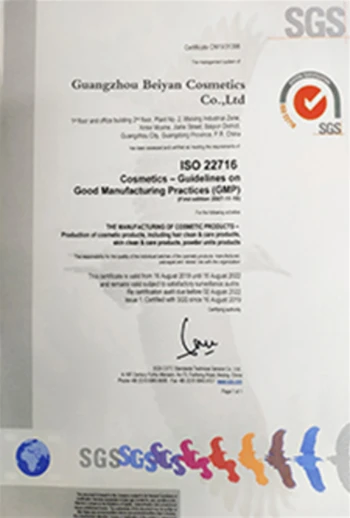



sodium bisulphate swimming pool
The Role of Sodium Bisulfate in Swimming Pool Maintenance
When it comes to maintaining a clean and safe swimming pool, many factors must be considered, including water balance, sanitation, and overall hygiene. One significant chemical that plays a crucial role in pool maintenance is sodium bisulfate. Often referred to as dry acid, sodium bisulfate is widely used among pool owners for its efficacy and ease of use in managing pH levels. In this article, we will explore what sodium bisulfate is, how it works, and its benefits for swimming pool maintenance.
What is Sodium Bisulfate?
Sodium bisulfate is a dry, granular compound that is highly soluble in water. Its primary function in pool chemistry is to lower the pH level of pool water. The ideal pH range for swimming pools is typically between 7.2 and 7.6. If the pH is too high, it can lead to various problems, including cloudy water, scale buildup, and difficulty in sanitizing the pool effectively. Sodium bisulfate helps to bring the pH back into the optimal range, ensuring that the water remains clear and safe for swimmers.
How Does Sodium Bisulfate Work?
When added to pool water, sodium bisulfate dissociates and releases hydrogen ions, which effectively lowers the pH. This process acts relatively quickly, making it a favored choice for pool owners who need a fast-acting solution. The dry formulation allows for easy transportation and precise dosage, which is particularly beneficial for those who may not have extensive experience with pool chemicals.
Benefits of Using Sodium Bisulfate
sodium bisulphate swimming pool

1. Ease of Use One of the major advantages of sodium bisulfate is its simplicity. Unlike liquid acids, which can be hazardous to handle, sodium bisulfate is easier and safer to store and apply. Pool owners can adjust pH levels without the worry of spills or splashes.
2. Effective pH Control Maintaining the right pH level is critical for the effectiveness of chlorine and other sanitizers. When the pH is too high, chlorine becomes less effective at killing bacteria and algae. By using sodium bisulfate, pool owners can ensure that their sanitizer functions optimally, leading to a healthier swimming environment.
3. Prevents Scale Formation High pH levels can lead to calcium carbonate scale buildup on pool surfaces and plumbing. This not only detracts from the aesthetic appeal of the pool but can also cause damage over time. Using sodium bisulfate helps to prevent these issues, prolonging the life of pool equipment and surfaces.
4. Algae Prevention Maintaining appropriate pH levels can help thwart algae growth. Algae thrive in unbalanced water conditions, and a well-balanced pool is less susceptible to outbreaks that can make swimming unsafe and unpleasant.
5. Compatibility with Other Chemicals Sodium bisulfate is compatible with most pool chemicals, including chlorine and algaecides. This compatibility allows pool owners to integrate it easily into their regular maintenance routines without chemical conflicts.
Conclusion
In the realm of swimming pool maintenance, sodium bisulfate stands out as an essential tool for managing water chemistry. Its ability to effectively lower pH levels, ease of use, and compatibility with other pool chemicals make it a valuable asset for both seasoned pool owners and beginners alike. Regularly monitoring and adjusting pH levels is key to ensuring a safe, clean, and enjoyable swimming experience. By incorporating sodium bisulfate into your pool care regimen, you contribute to a healthier swimming environment for everyone.
-
Why Sodium Persulfate Is Everywhere NowNewsJul.07,2025
-
Why Polyacrylamide Is in High DemandNewsJul.07,2025
-
Understanding Paint Chemicals and Their ApplicationsNewsJul.07,2025
-
Smart Use Of Mining ChemicalsNewsJul.07,2025
-
Practical Uses of Potassium MonopersulfateNewsJul.07,2025
-
Agrochemicals In Real FarmingNewsJul.07,2025
-
Sodium Chlorite Hot UsesNewsJul.01,2025










